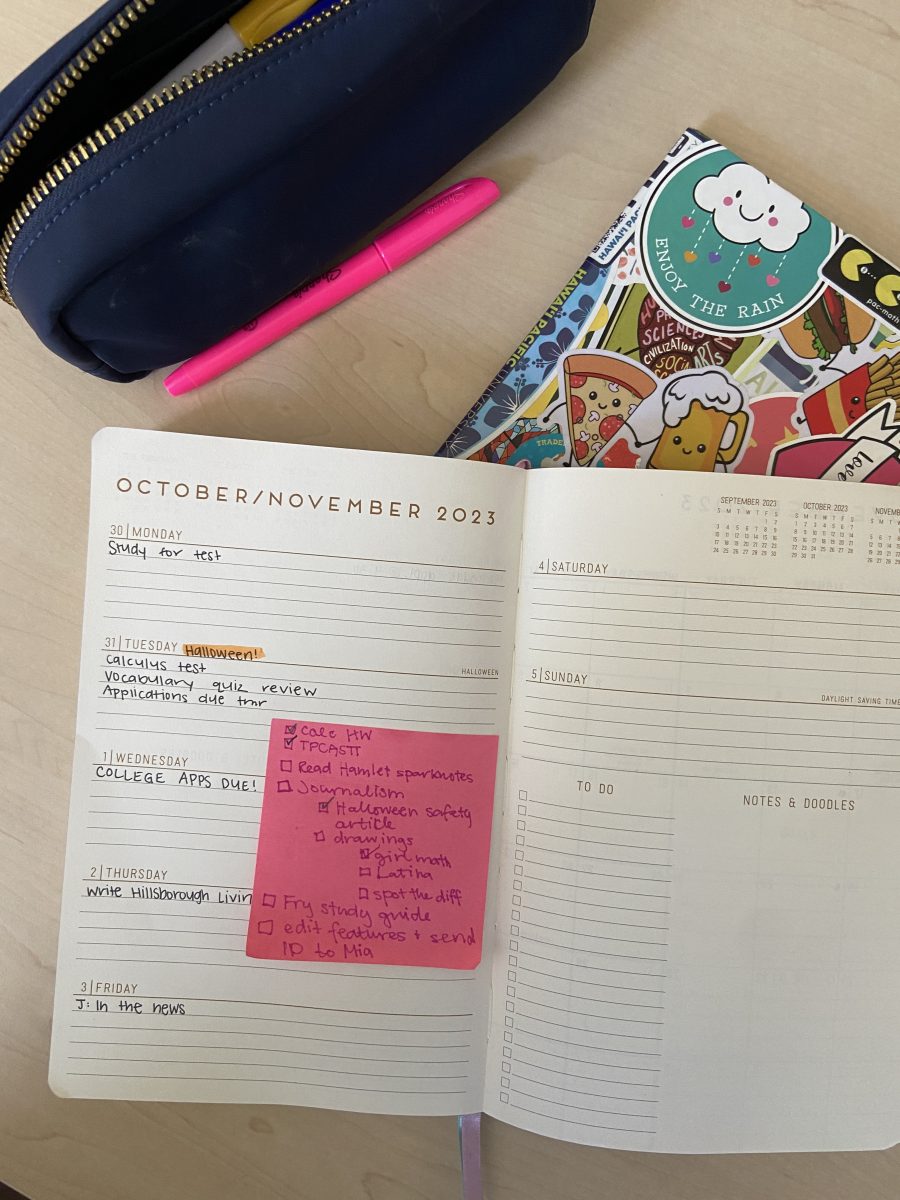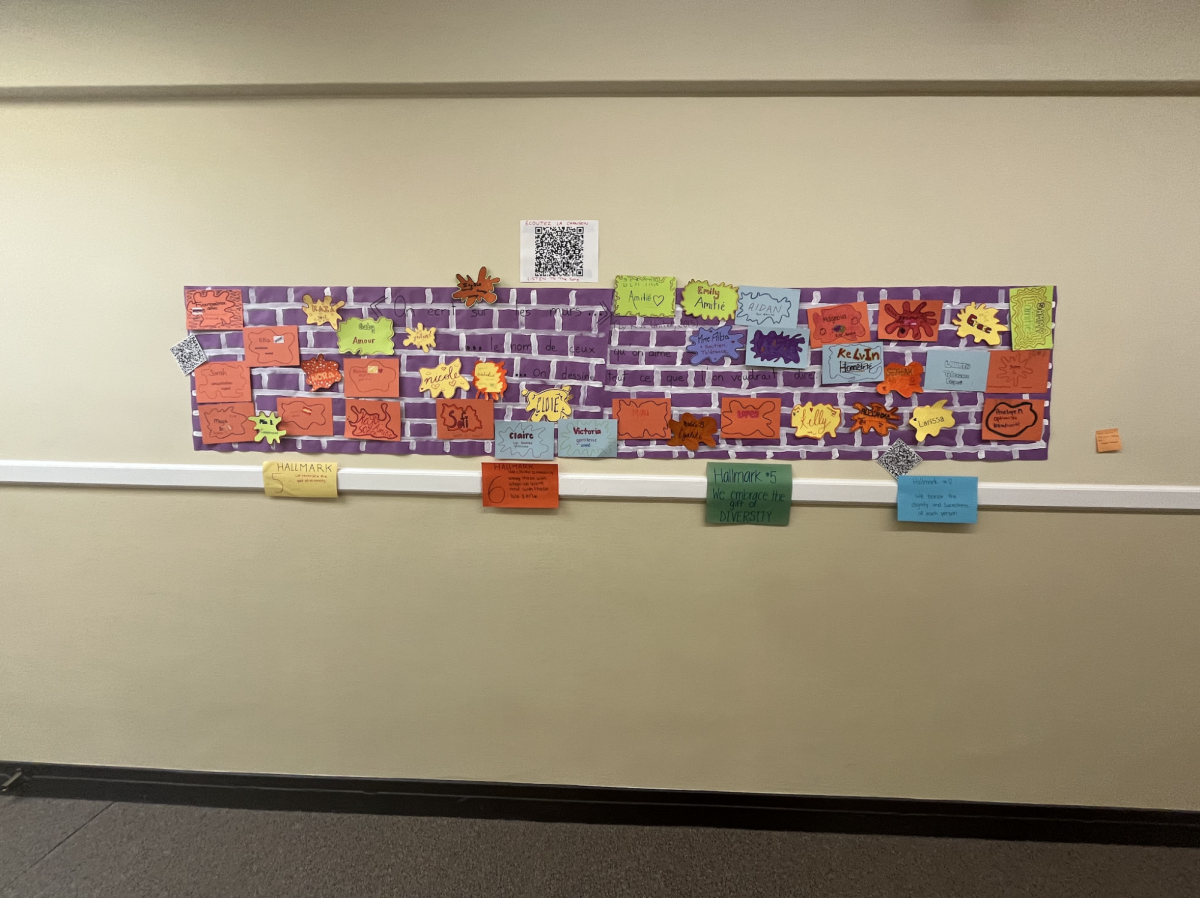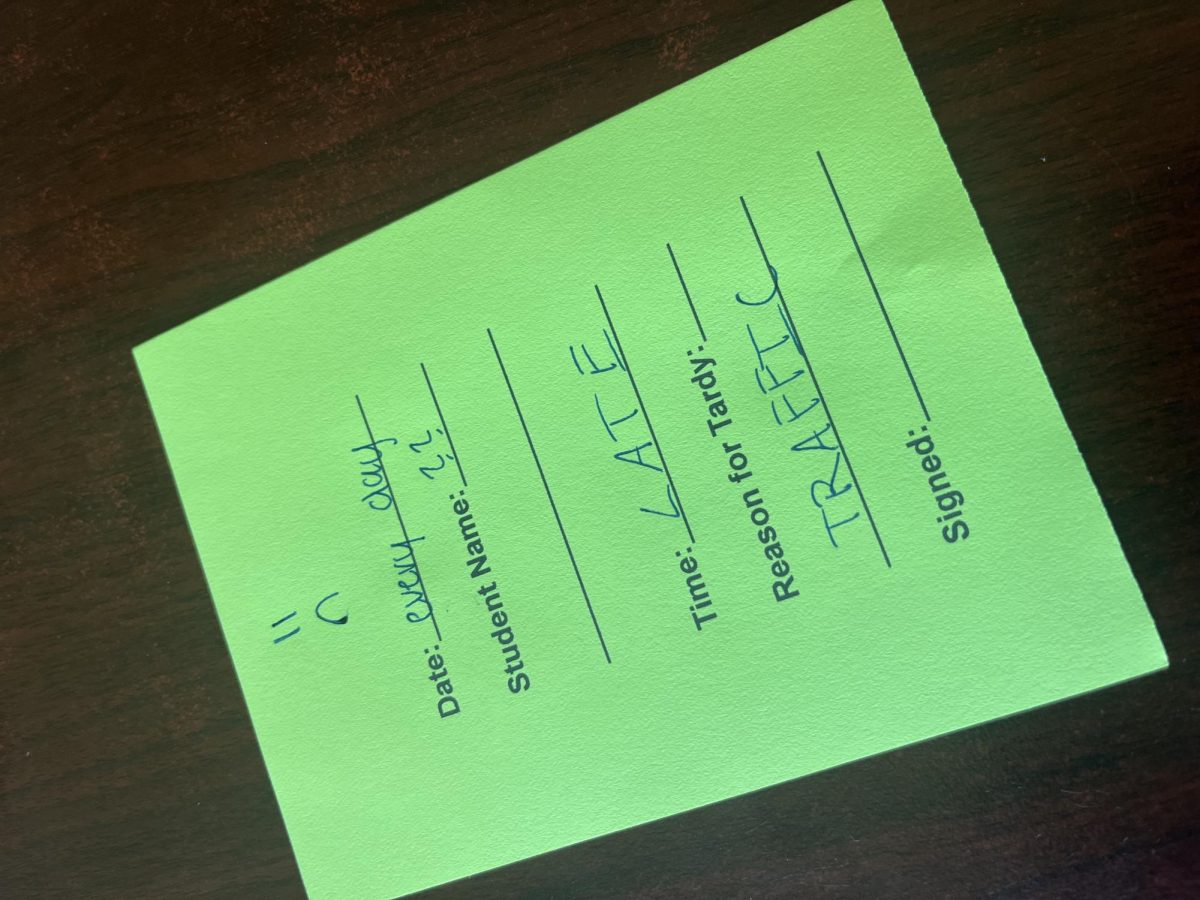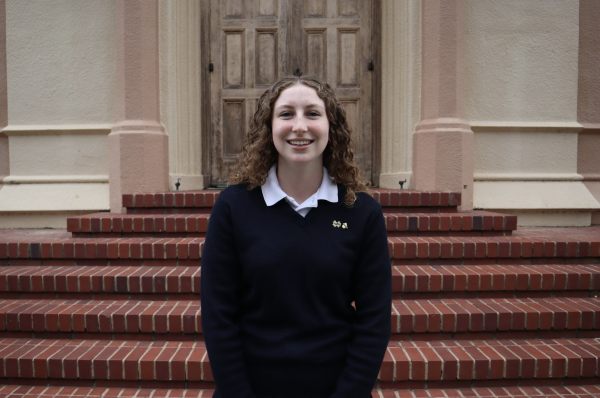According to History.com, Halloween is always celebrated on October 31 because it follows the ancient Celtic festival of Samhain. This festival, a pagan religious festival, is celebrated from October 31 to November 1, the time believed to be when the “barriers between the physical world and the spirit world break down,” allowing the two worlds to interact. The evening before November 1 was called “Hollow’s Eve,” eventually turning into Halloween.
But is it practical to continue to follow these dates? It’s not. Halloween this year falls on a Tuesday, and it’s awful for everyone. Kids, excited for the final bell to ring, will give their classes a third of the attention that they usually give, making the school day unproductive and forcing teachers to reteach the lesson another time. Then before Trick-Or-Treating, these kids have to finish assigned homework due the next day and prioritize coming home at an appropriate time. Most of them wake up feeling awful from all the candy ingested the night before, which results in yet another unproductive school day.
Despite being the second largest commercial holiday in the United States, it’s not a federal holiday, meaning parents most likely have to work on Halloween. Companies are unlikely to grant time-off for employees, especially if they can make money on all the people buying last minute costumes or ordering in because they don’t want to cook. This takes off yet another group that is less likely to celebrate Halloween on the given Tuesday.
Instead of putting off studying for a test, working on college applications, or doing homework for AP classes, it makes the most sense for teenagers to wait until the weekend to finally celebrate Halloween. Although this is the most realistic way to celebrate, it also just stretches the Halloween casualties for an entire week. According to Consultant360.com, “Halloween (day) is ranked as the No. 1 day of the year for child-pedestrian accidents and fatalities,” so now first-responders have to address all the casualties on Halloween day, but also all the casualties at weekend parties celebrating Halloween.
If Halloween is going to create unproductive school days for students, unhappy employers, and a whole week of Halloween casualties, simply because it’s on a Tuesday, then why celebrate? The solution to all this is moving it to the last Saturday of October, similar to Thanksgiving. This way students, kids and teens will be more productive during the school week and able to recover from Halloween festivities on Sunday. Employees will most likely get the day off and be able to celebrate the beloved holiday, without using a sick day. And first-responders anticipating all Halloween casualties to fall on one day will be able to be more prepared and efficient, most likely lowering the number of casualties. November 1 can still be a day to remember the ancient Celtic festival, but leave the last Saturday in October for haunted houses and supernatural costumes.






